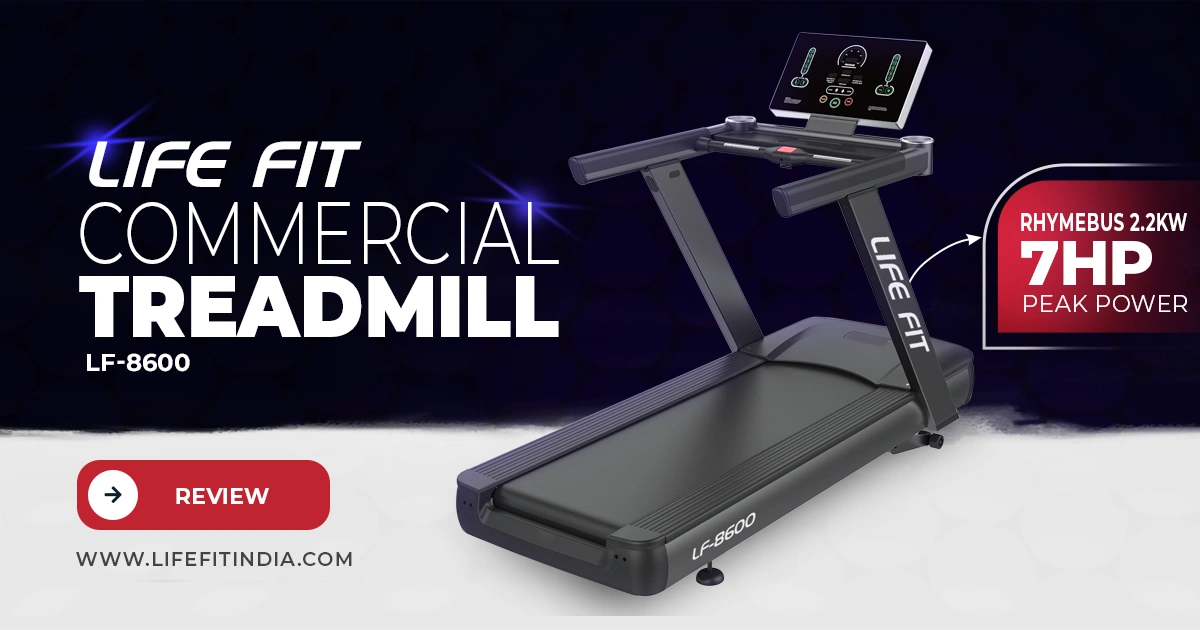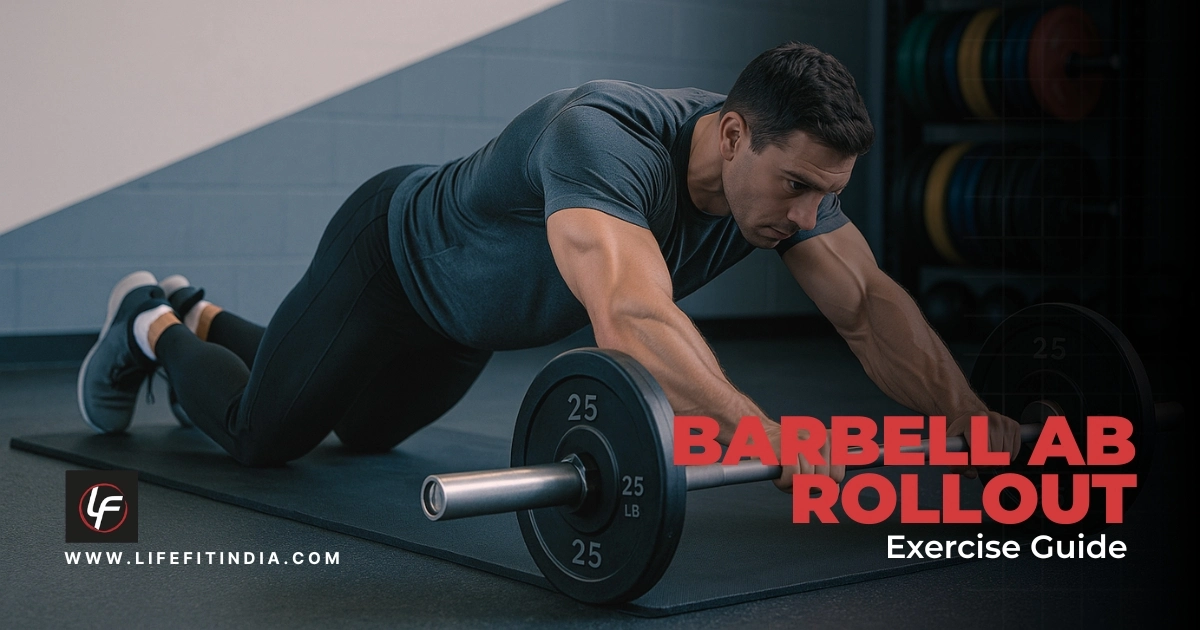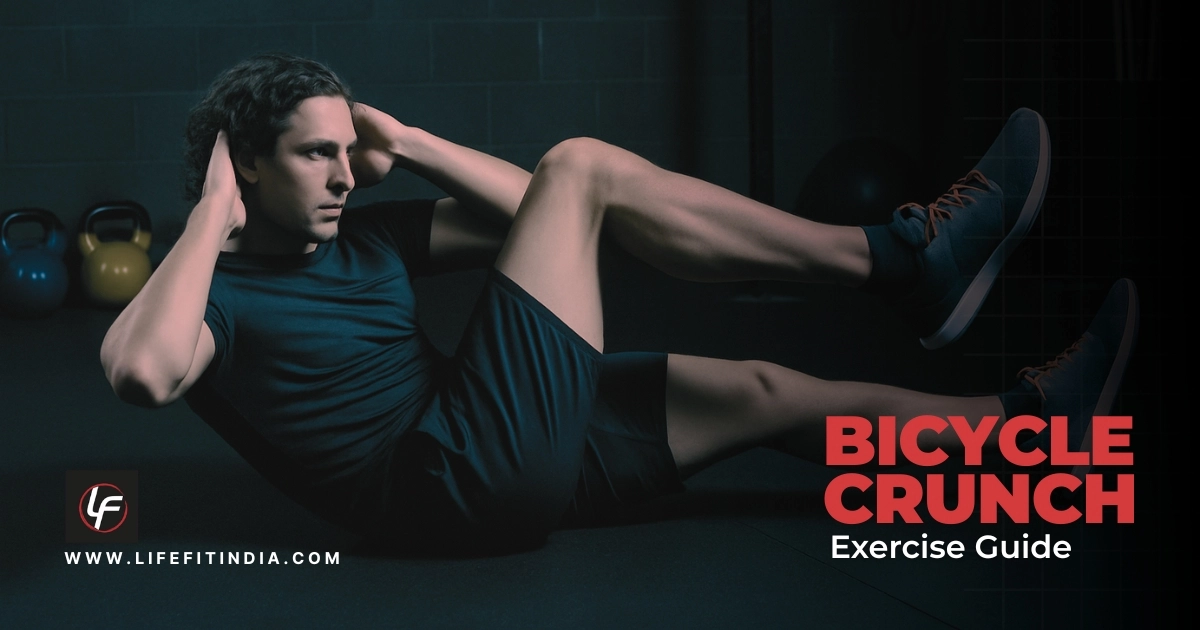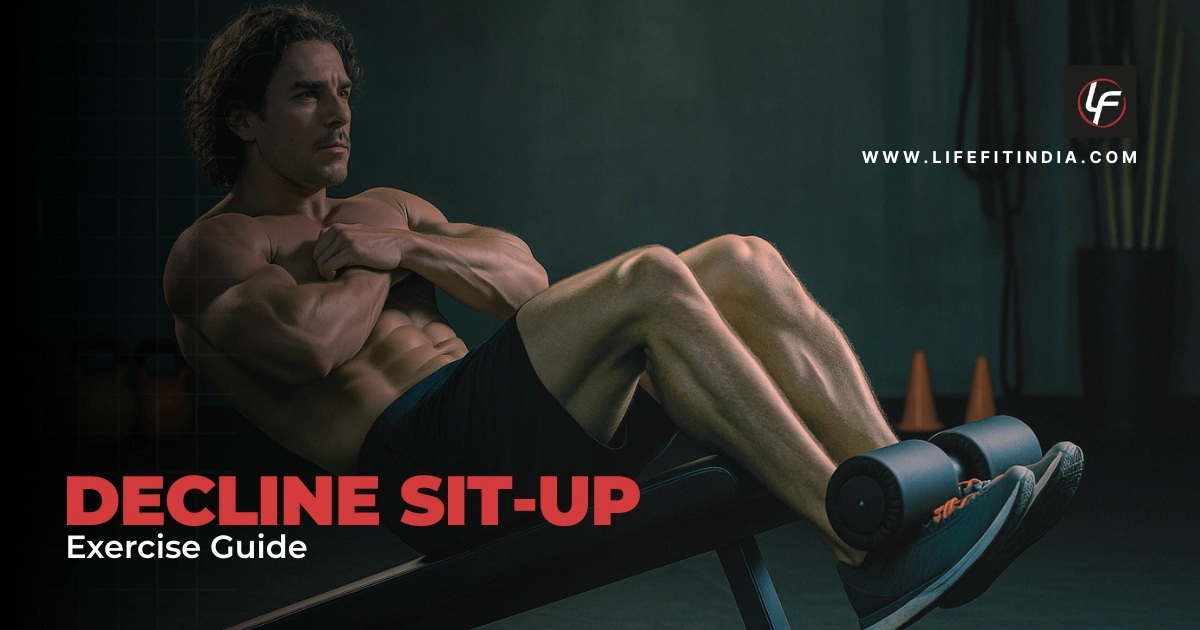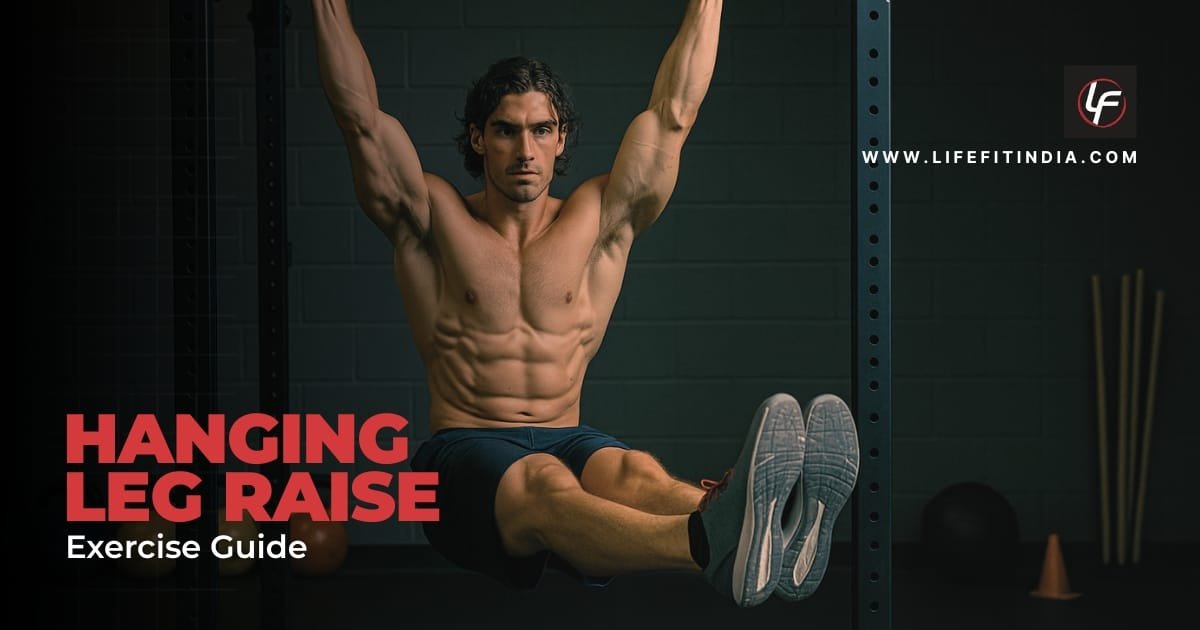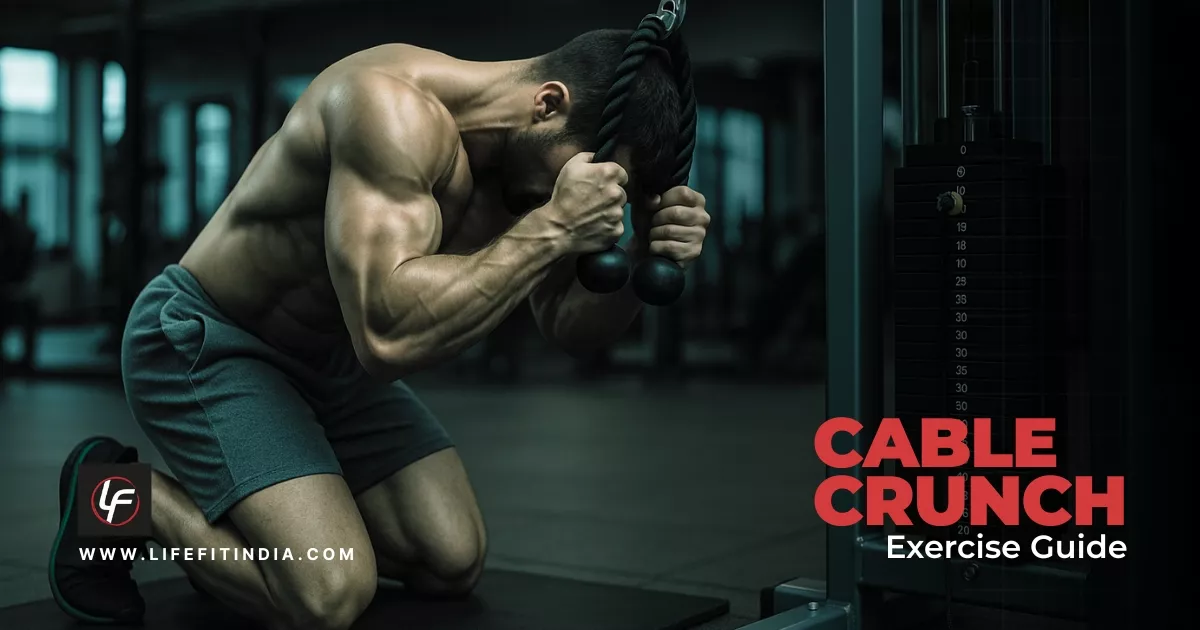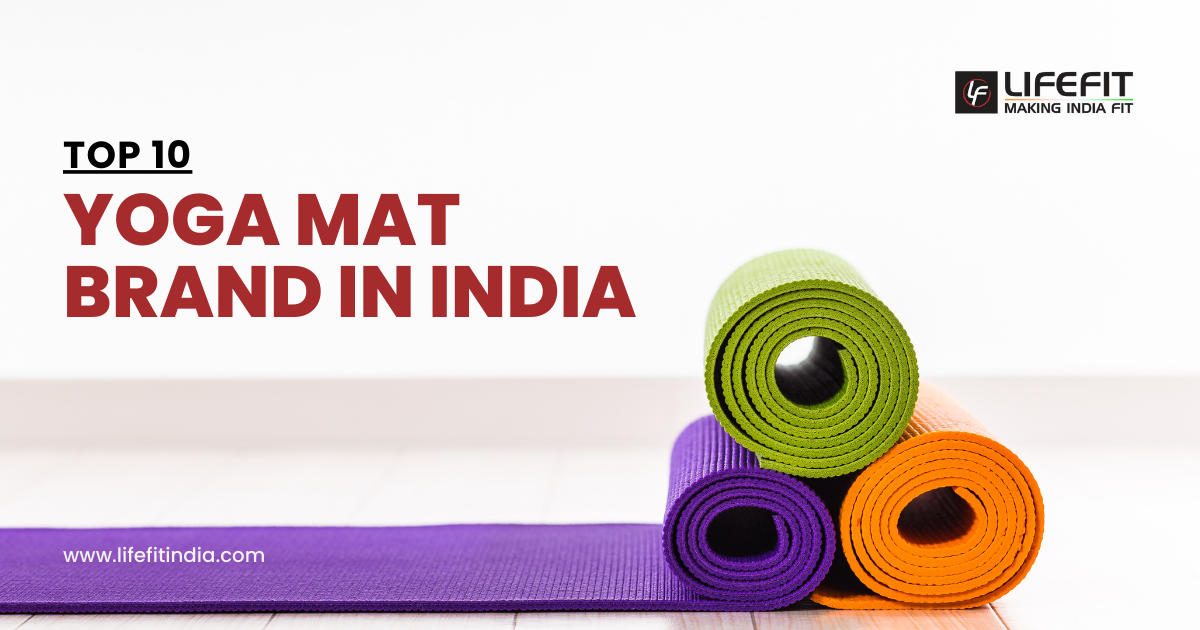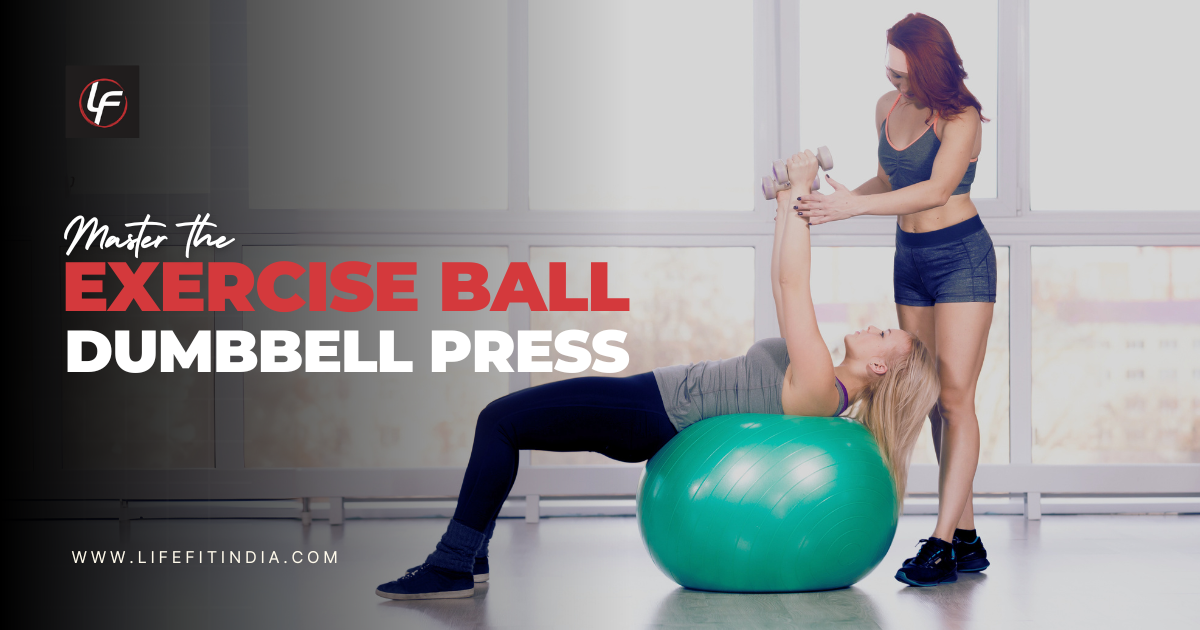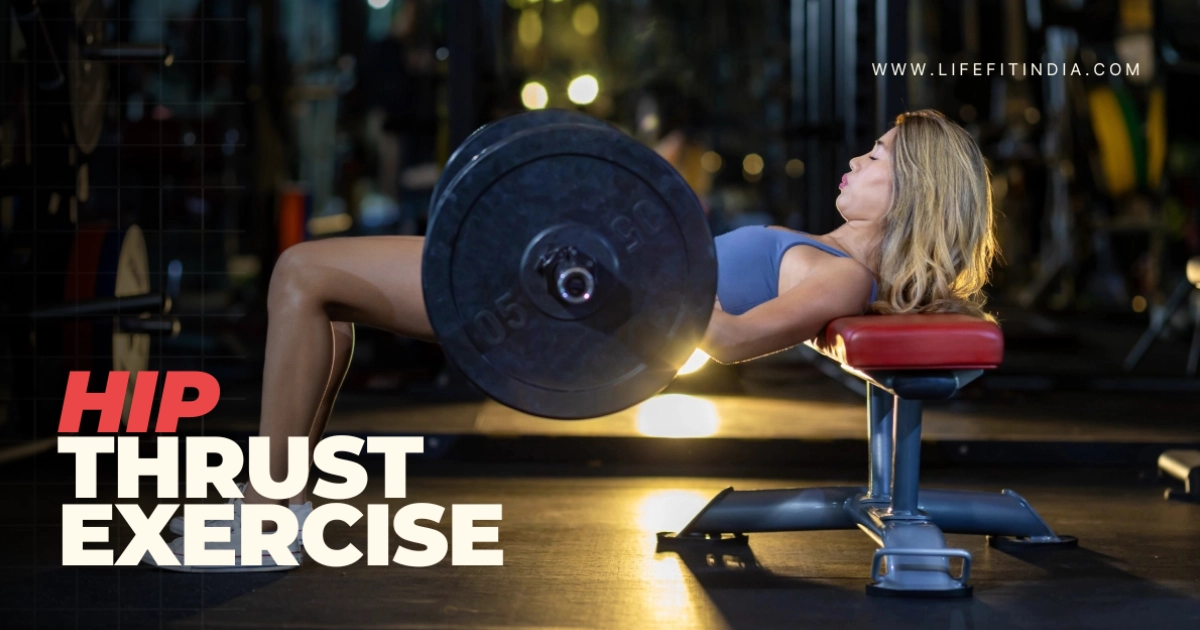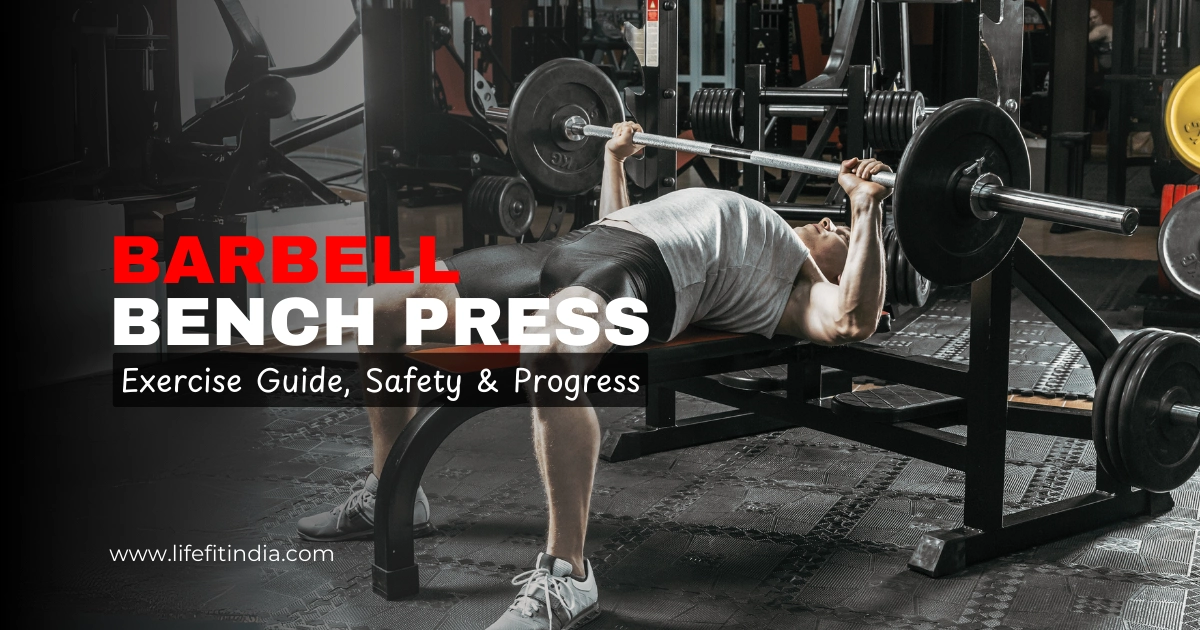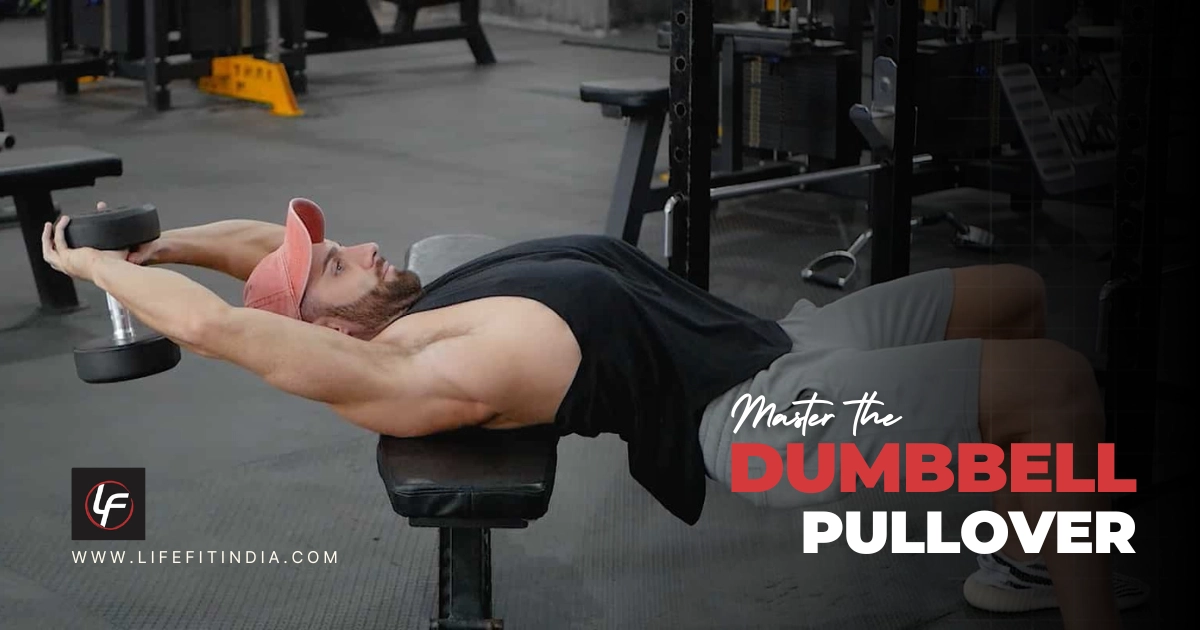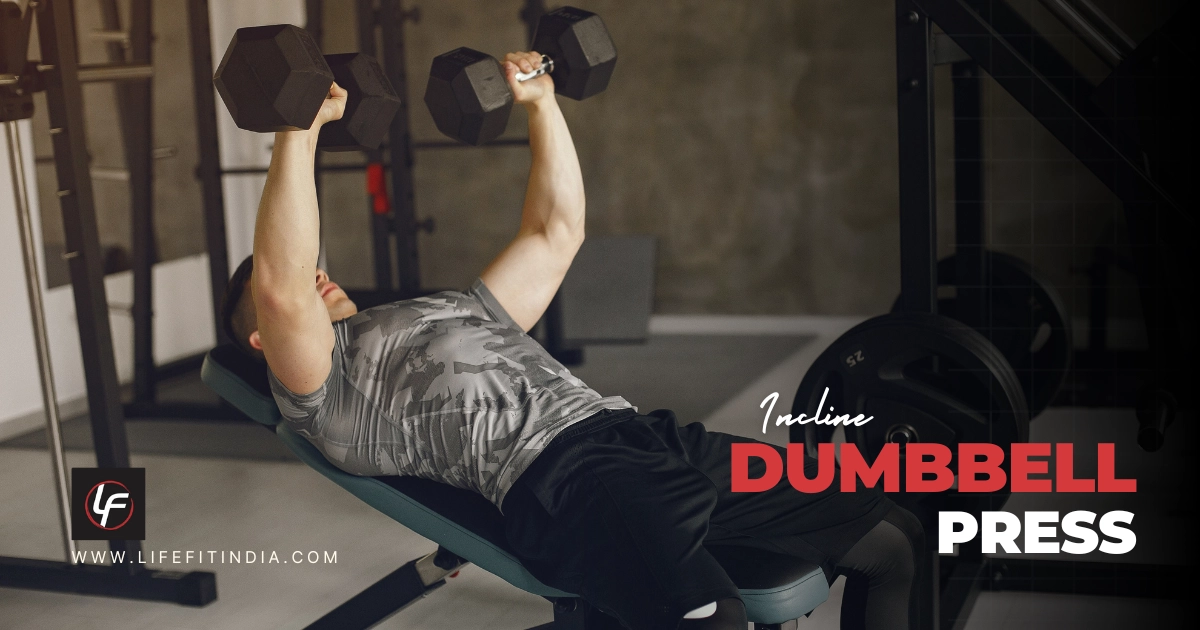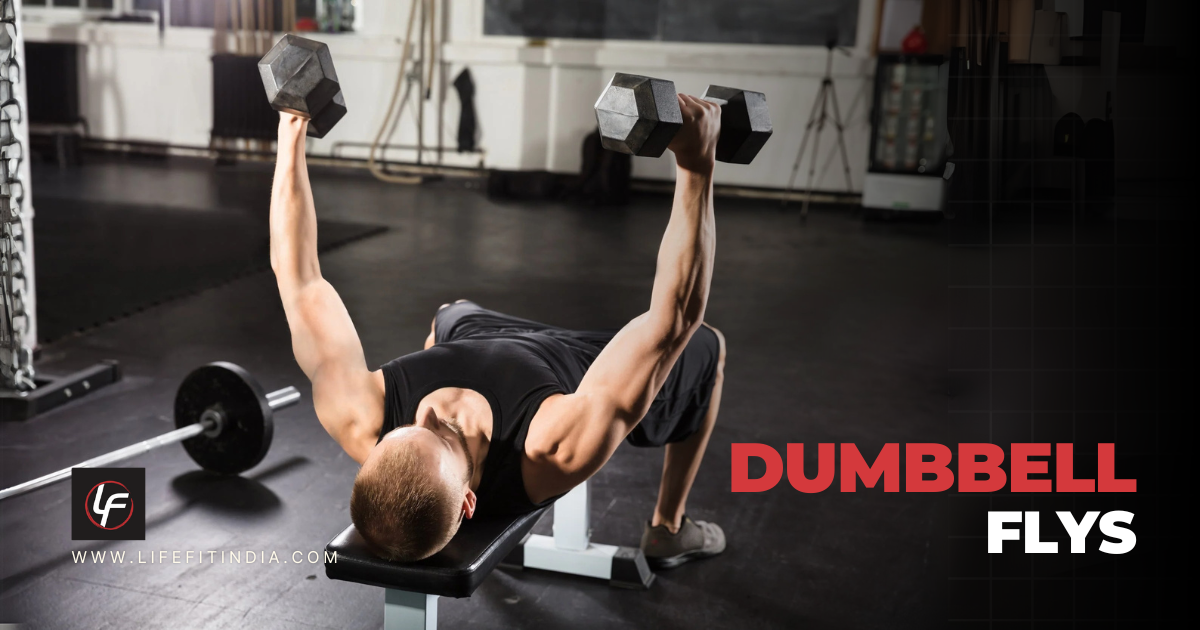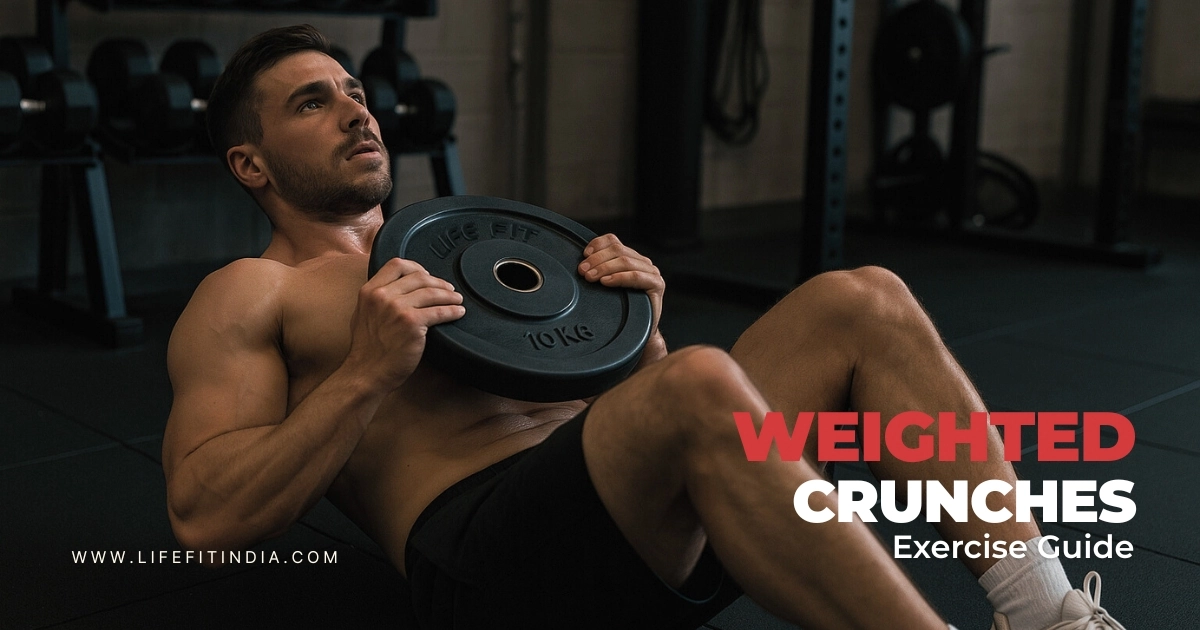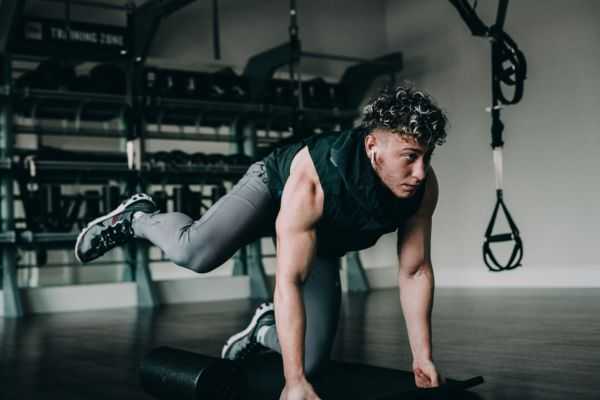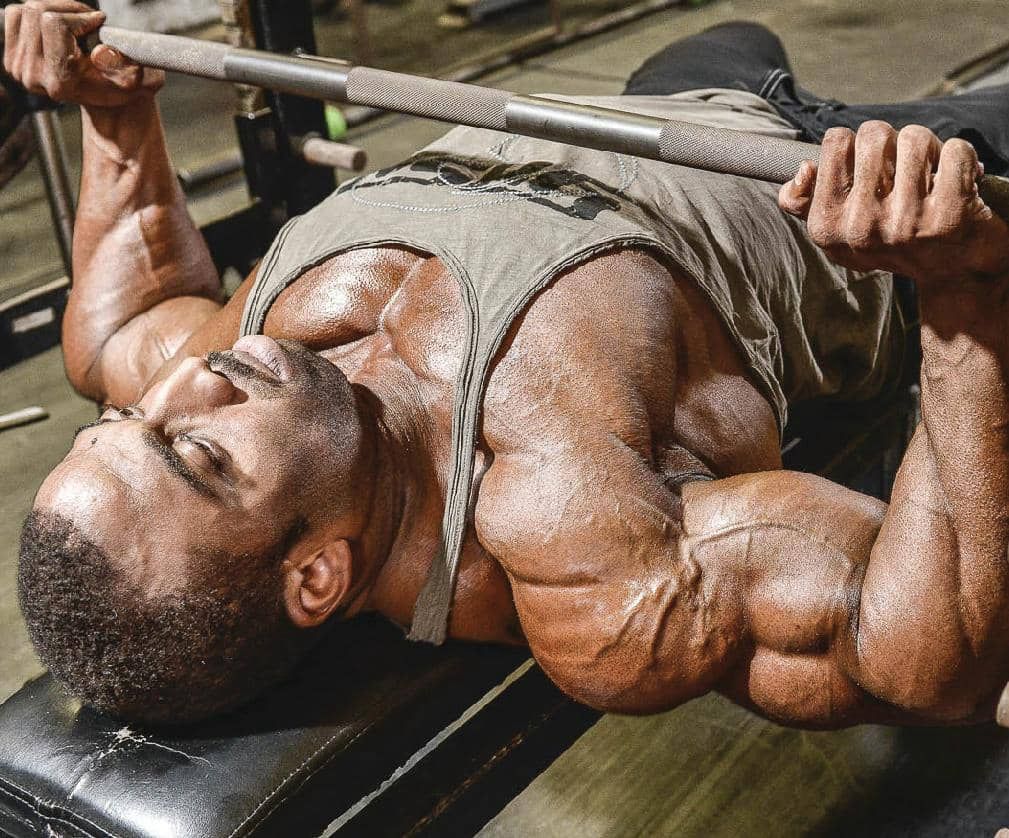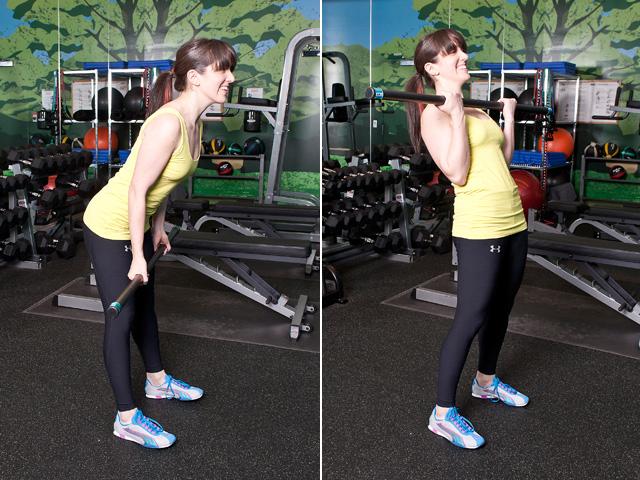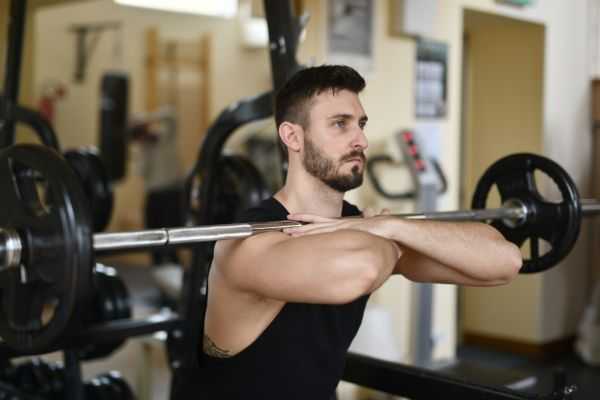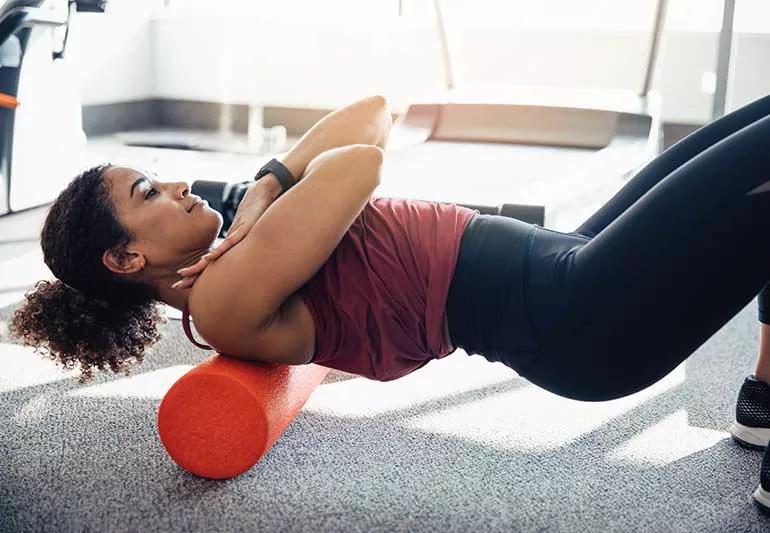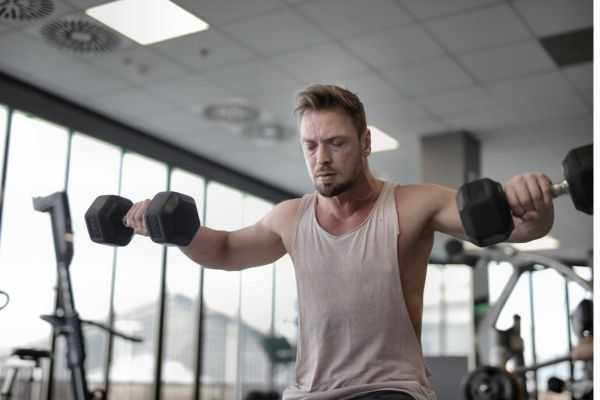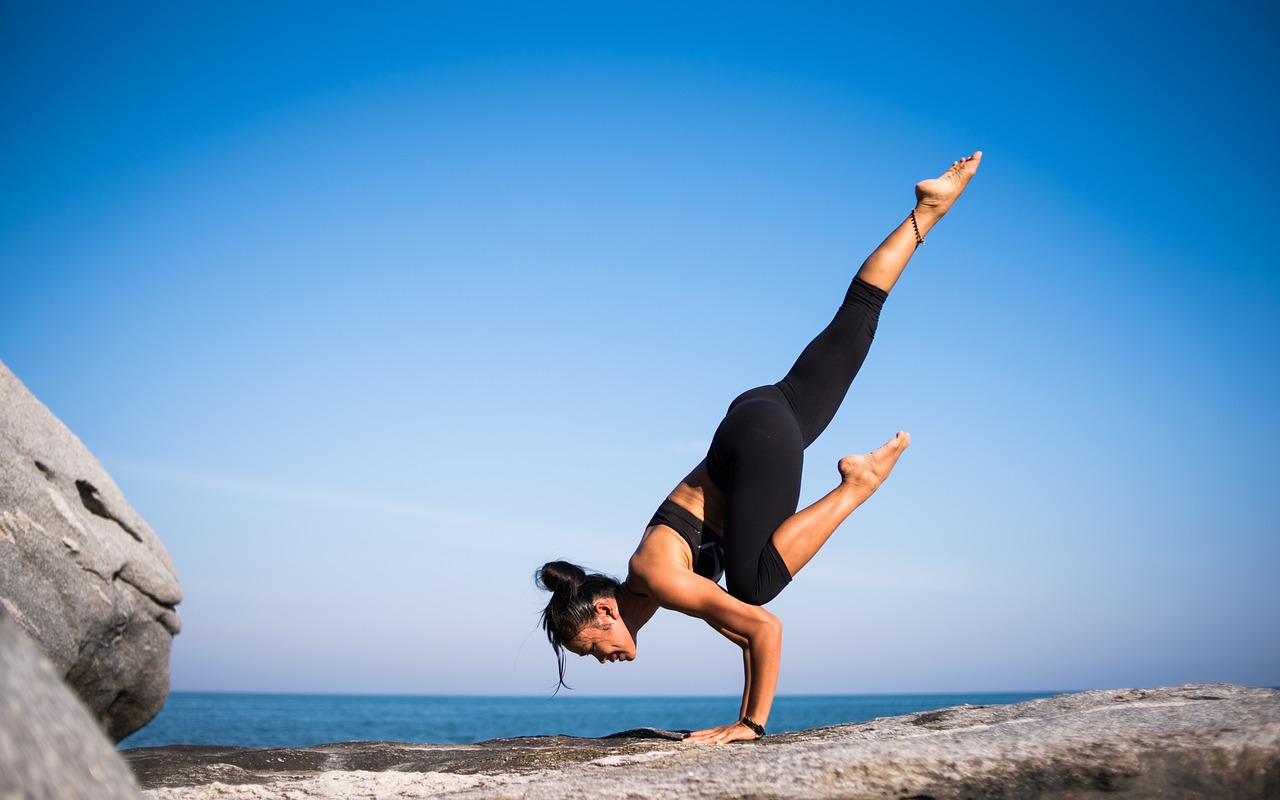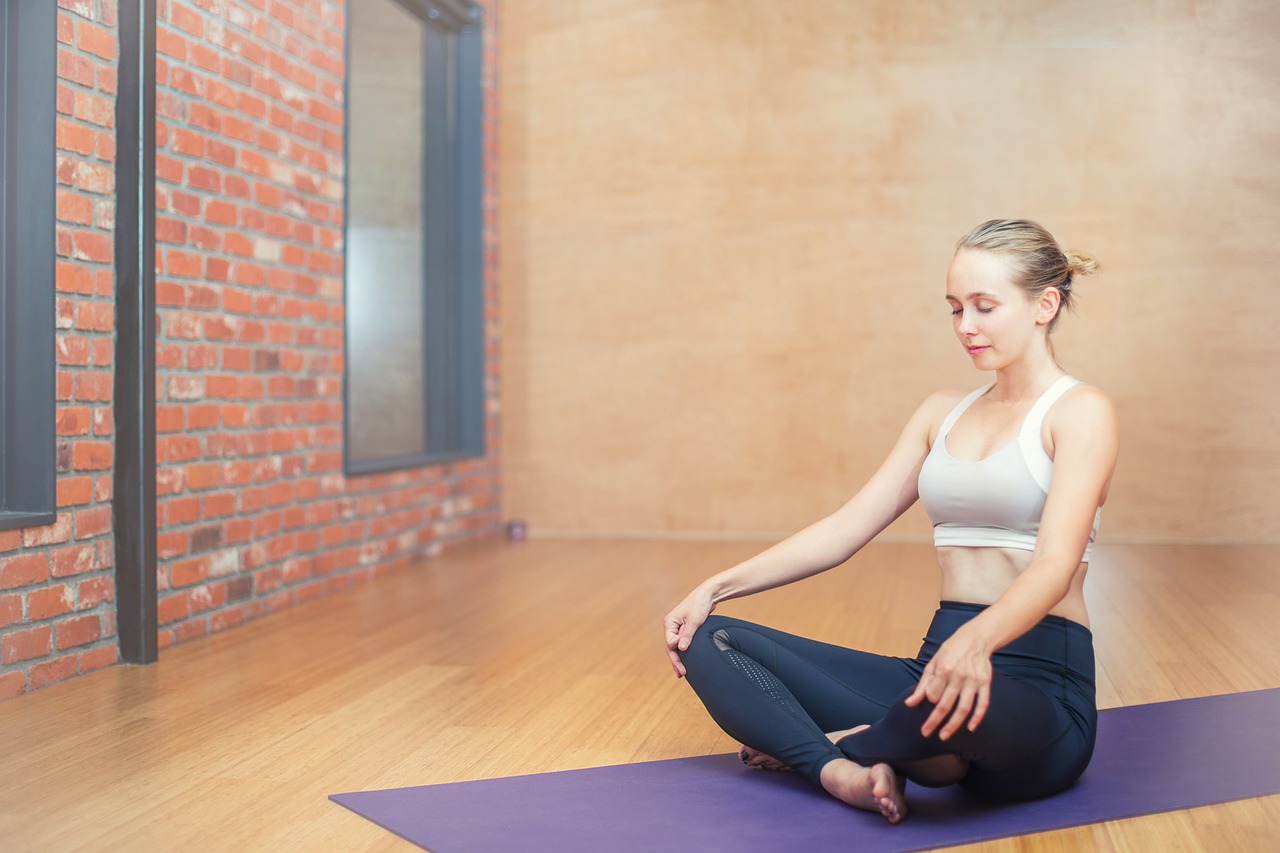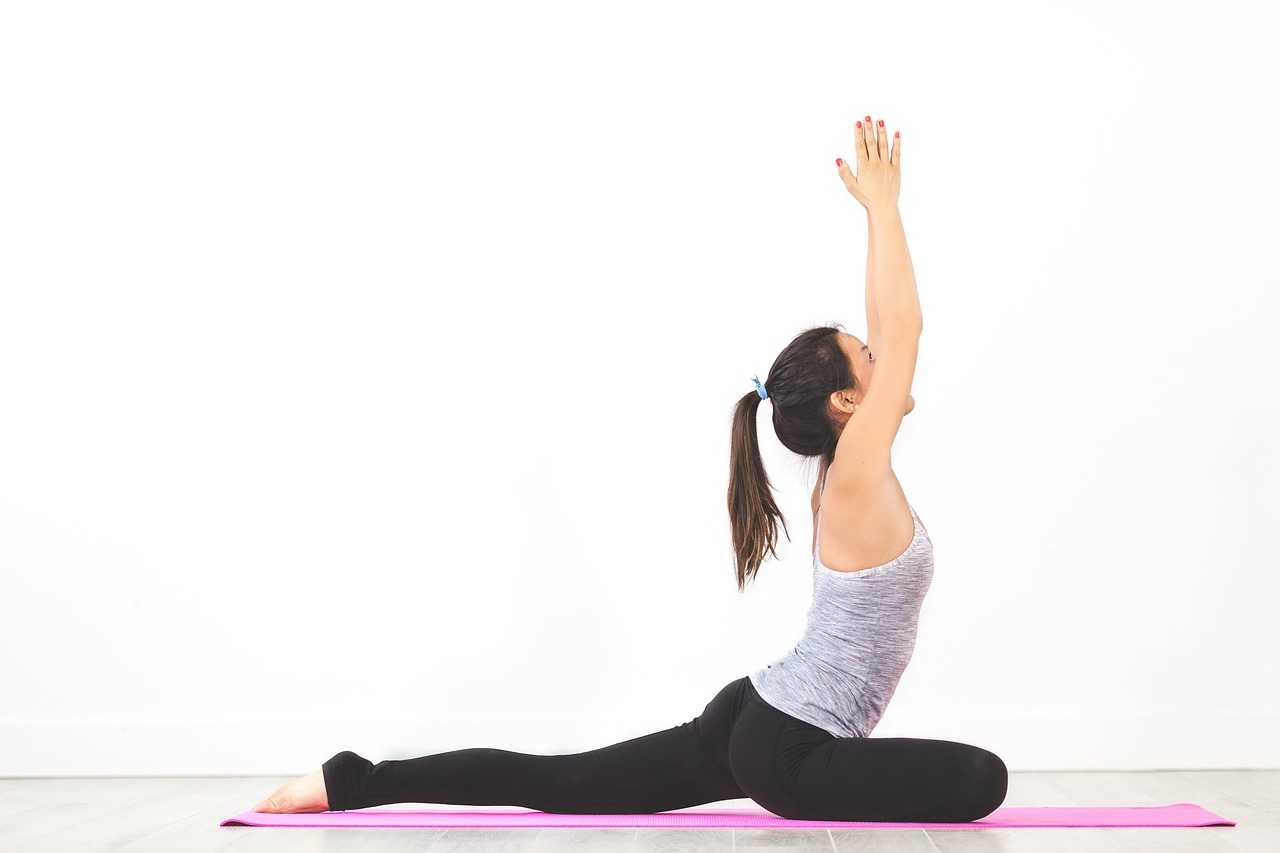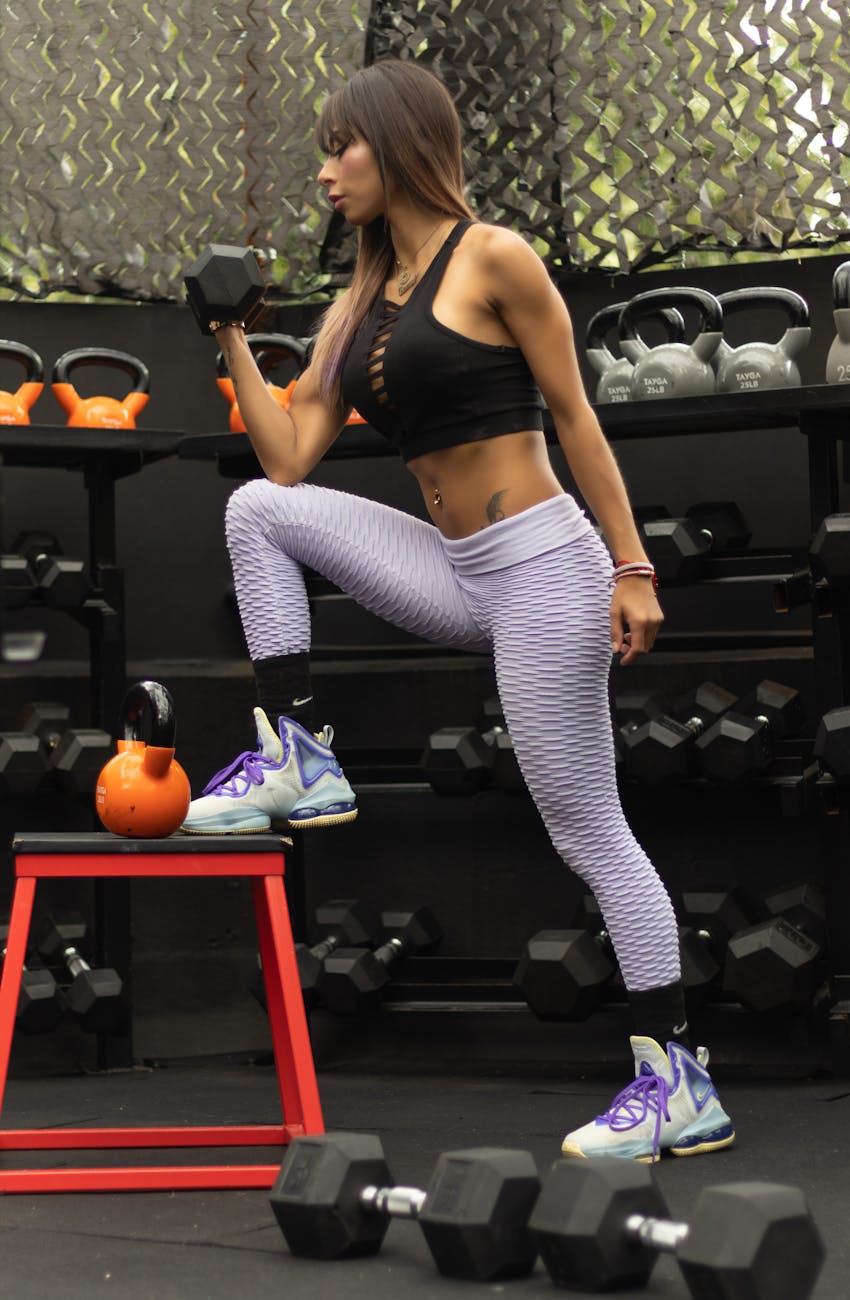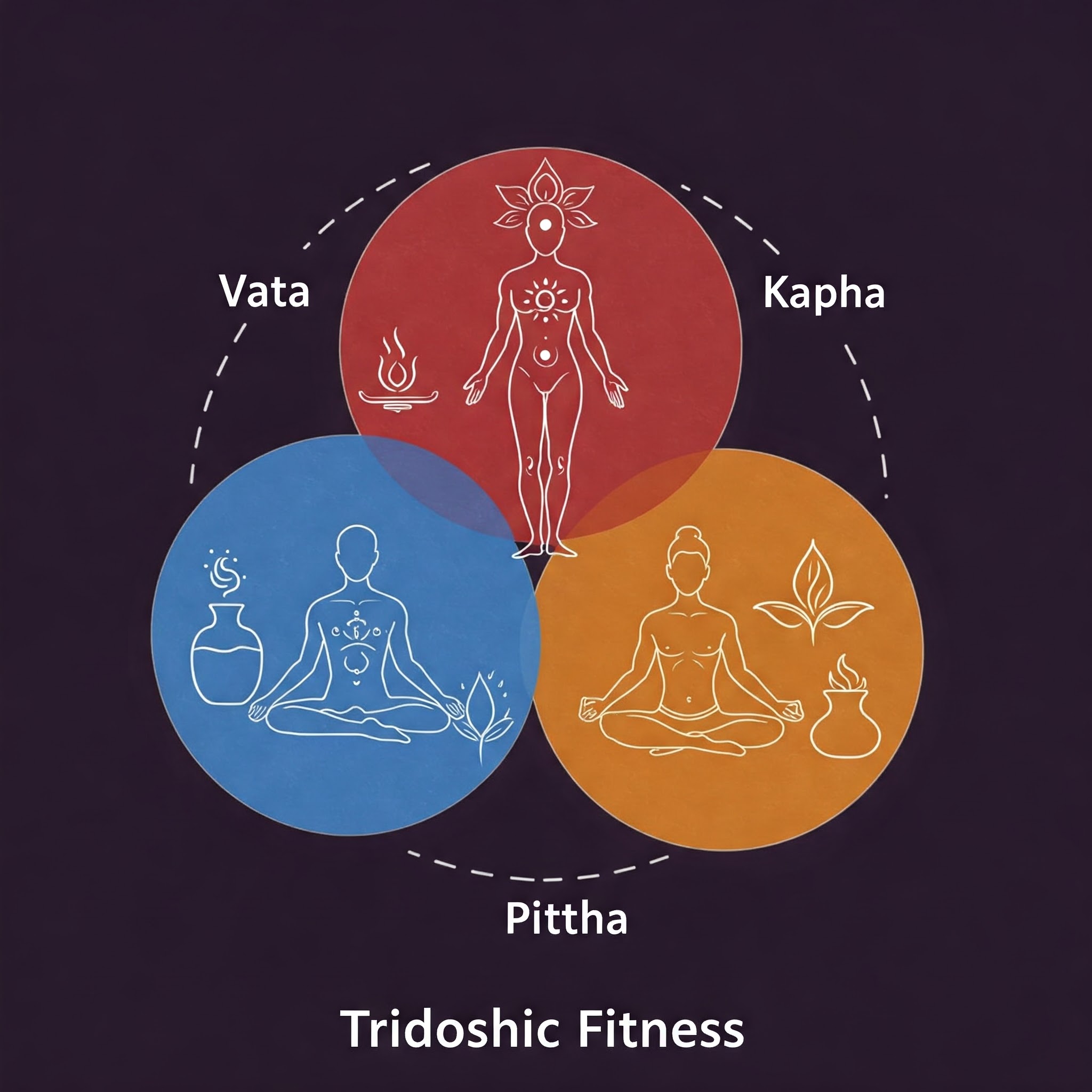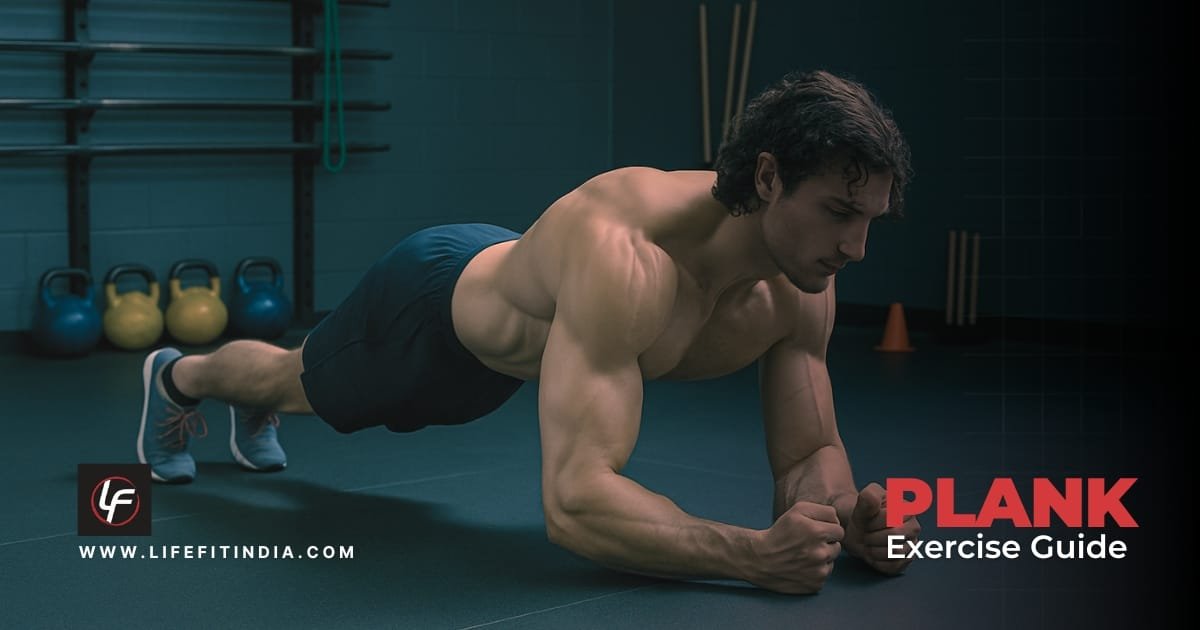
Tired of endless crunches that strain your neck? There’s a safer, more effective way to build total core strength. The plank is a foundational exercise that builds a strong, stable, and resilient midsection far better than traditional sit-ups.
The exercise has a rich history, with roots in the “Contrology” method developed by Joseph Pilates in the early 20th century. It was later popularized by modern biomechanics experts for its incredible functional benefits.
This guide provides a complete look at the plank. We’ll cover proper form, science-backed benefits, common mistakes, and variations for every fitness level.
What Is a Plank and Why Is It So Effective?
A plank is an isometric exercise. This means you hold a single, static position for a set duration. Its power comes from resisting gravity and stabilizing your spine under load, engaging your entire core.
Unlike movements such as sit-ups, planks target deep stabilizing muscles like the transverse abdominis. According to the National Academy of Sports Medicine (NASM), this functional strength makes everyday tasks feel easier and safer.
How to Do the Perfect Forearm Plank
Proper form is crucial to get the full benefit of the plank and avoid injury. Using a quality yoga mat can provide comfort and support.
- Start by lying on your stomach.
- Place your forearms on the ground with your elbows directly under your shoulders.
- Lift your torso and hips, balancing on your forearms and the balls of your feet. Your body should form a straight line from head to heels.
- Engage your core and glutes to prevent your hips from sagging.
- Hold this position for your target time.
Key Form Cues for Maximum Activation
To ensure you are performing the exercise correctly, focus on these critical form cues:
- Maintain a neutral spine: Avoid arching your back or letting your head droop. Your gaze should be on the floor slightly in front of your hands.
- Squeeze your glutes: This helps stabilize your hips and keeps your lower back from sagging.
- Brace your core: Imagine you are about to be punched in the stomach. This tension is what creates stability.
- Push the floor away: Actively press your forearms into the floor to engage your shoulder and upper back muscles.
The 60-Second Plank Myth: Shorter Holds Are Better
Many people think the goal is holding a plank for a minute or more. However, leading spine biomechanist Dr. Stuart McGill suggests a different approach. He argues that long holds can lead to poor form and increase injury risk.
Instead, Dr. McGill recommends shorter, repeated holds with maximum tension. For example, try holding a perfect plank for 10 seconds, resting for 5 seconds, and repeating 3 to 5 times. A study in the Journal of Strength and Conditioning Research confirms this method effectively increases core stiffness and protects the spine.
Science-Backed Benefits of Planking
The plank offers a wide range of benefits supported by scientific research.
- Builds Deep Core Strength: Planks activate the deep core muscles that act as a natural corset for your spine.
- Reduces Back Pain Risk: A strong core is key to preventing and managing low back pain. For more ideas, explore these exercises for back pain.
- Improves Posture and Balance: Planks strengthen the muscles that help you stand and sit taller.
- May Help Lower Blood Pressure: A 2023 review in the British Journal of Sports Medicine found isometric exercises like the plank are highly effective for reducing blood pressure.
- Enhances Athletic Performance: A stable core is key to athletic performance and injury prevention. Studies show that core training reduces injuries in soccer players and improves balance and movement efficiency (Zazulak et al., Sundstrup et al., Hibbs et al.).
- Boosts Respiratory Function: Uniquely, studies have shown that plank exercises can improve respiratory capacity, particularly in older adults, by strengthening abdominal muscles involved in breathing.
Common Plank Mistakes and How to Fix Them

Even with good intentions, form can break down. Here’s how to fix common plank mistakes.
My lower back sags.
Solution: Your core is likely not engaged enough. Re-engage your abs by bracing them and actively squeeze your glutes. Thinking about tilting your pelvis forward slightly can also help correct this.
My hips are too high.
Solution: Lower your hips until your body forms that straight line from shoulders to heels. It can be helpful to practice next to a mirror or record yourself to check your alignment.
My wrists hurt.
Solution: This is a common issue, especially in a high plank (on your hands). Switch to a forearm plank to take pressure off the wrists completely. Performing the exercise on a soft surface like a rubber floor mat can also help with general comfort.
My Feet or Toes Hurt.
Solution: This issue was raised by users in online fitness communities. Ensure you are wearing supportive athletic shoes. Using a thicker exercise mat can also provide more cushioning for your feet.
Plank Variations for Every Fitness Level
Once you master the basic plank, try these variations to keep challenging yourself.
Foundational Planks (Beginner)

- Knee Plank: Perform a plank with your knees on the ground to reduce the load.
- Incline Plank: Place your forearms or hands on an elevated surface like a flat bench or a sturdy box.
- High Plank: This is performed on your hands instead of your forearms, with your arms fully extended.
Core Challengers (Intermediate)
- Side Plank: From a plank position, rotate your body to one side, supporting yourself on one forearm with your feet stacked. This intensely targets the obliques.
- Plank with Leg Lift: While holding a standard plank, slowly lift one leg off the ground without letting your hips twist. Hold for a moment, lower it, and repeat on the other side.
- Plank Jacks: From a high plank position, jump your feet wide and then back together, similar to a jumping jack. This adds a cardiovascular element.
Stability Masters (Advanced)
- Spider-Man Plank: From a plank position, bring your right knee towards your right elbow, then return to the start and repeat on the left side.
- Plank-Up: Start in a forearm plank, then push up one arm at a time to a high plank position, and then lower back down. This builds shoulder and chest strength.
- Plank on an Unstable Surface: Performing a plank on a BOSU ball or stability ball dramatically increases the challenge by forcing your core to work harder to maintain balance.
Sample Plank Workouts
Here are a few sample routines you can try to incorporate planks into your fitness plan.
- 5-Minute Beginner Core Blast:
- Incline Plank: 3 sets of 20-second holds
- Knee Plank: 3 sets of 20-second holds
- Rest for 15-20 seconds between sets.
- 10-Minute Dynamic Plank Burner:
- Forearm Plank: 3 sets of 10-second max tension holds
- Side Plank: 2 sets of 15 seconds per side
- Plank with Leg Lifts: 2 sets of 8 reps per side
- Plank Jacks: 2 sets of 20 seconds
Frequently Asked Questions (FAQ)
What muscles does the plank work?
The plank is a full-body exercise that focuses on the core (abs, obliques, back), shoulders, and glutes.
Do planks burn belly fat?
Planks strengthen your abs, but they don’t spot-reduce fat. Fat loss requires a consistent workout routine and a healthy diet. Learn more in our guide on how to get a flat belly.
Can I do planks every day?
Yes, daily planks are safe for most people if you maintain proper form. Always listen to your body and take rest days when needed.
Are planks better than crunches?
Planks and crunches work the core differently. Planks are generally considered safer for the spine and more effective for building functional, stabilizing strength, while crunches focus on the superficial rectus abdominis.
Your Path to a Stronger Core
The plank is a versatile and effective exercise for building functional strength. Remember to always prioritize perfect form over how long you can hold the position.
Start with a variation that feels challenging but manageable. Add planks to your regular strength training routine and feel the difference a truly strong core can make.



